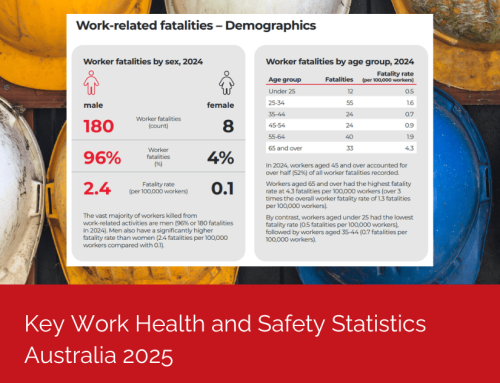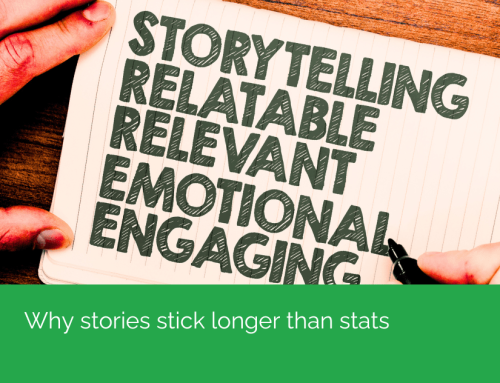Discover why staff reject self-paced online training modules and what they really want instead. Melissa Williams shares insights from workplace learning focus groups.

- e-Learning is just another task crammed into my already busy day.
- e-Learning feels like tick-and-flick cheap way to say, “we’ve trained you.”
- It’s too generic to be useful.
Some went further to say, “it’s training without learning.”
What they wanted instead
Every single group, without prompting, told us the same thing: they wanted face-to-face learning. Not because it’s easier or more comfortable, but because it’s more effective.
They said face-to-face training:
- Gives them permission and time to stop and focus on learning.
- Signals that their organisation values them and invests in its people.
- Produces results that stick.
- Creates real conversation and shared insights with their peers, and as a result deeper learning.
Humans are wired to learn together. We come alive when we exchange ideas, challenge our assumptions, and see the world through someone else’s eyes. In those face-to-face conversations, knowledge takes root, and our behaviours begin to shift. It’s not only how we learn but how we grow, connect, and create real change that lasts.
And when your training is designed by expert instructional designers and led by an experienced facilitator, they can pivot and adapt to the group’s needs in the moment – something that isn’t possible with linear e-learning. They can bring in examples from specific industry case studies, explore real scenarios from your workplace, and work directly on the organisational dynamics and unique challenges. Highly targeted, relevant, and adaptive learning is almost impossible to achieve with one-size-fits-all e-learning modules.
Why this matters for leaders
The way you deliver learning sends a lasting message about what your organisation truly values. Self-paced e-learning may be faster and cheaper, but it can signal that efficiency matters more than connection. If you want to shift behaviour, deepen understanding, and build commitment, you need more than convenience – you need shared experiences that spark quality conversations, strengthen relationships, and inspire action. Speed can spread information, but it rarely changes how people think, feel, or work together.
But not every organisation can always gather everyone in the same room. That’s where live online facilitated training comes in – bringing the same interactive, adaptive experience into a virtual classroom. Unlike self-paced e-learning, these sessions allow real-time questions, group discussion, and tailored facilitation, so people still get the benefit of shared learning and expert guidance, wherever they are.
That’s not to say self-paced e-learning modules have no place
It’s brilliant for certain compliance needs, quick updates, or large-scale rollouts of one idea. But when you need people to think differently, work differently, or collaborate more effectively? Live, human learning experiences win – every time.
If you’re in a leadership or learning and development role, ask yourself:
- Is our training designed to create genuine change in our workforce or merely to meet a KPI?
- Do we give people the space to focus on the training, or are they squeezing it in between meetings and other commitments while still being expecting to get their work done?
- Does our learning encourage dialogue and discussion amongst our teams, or is it a one-way broadcast?
- Would I find this engaging and worthwhile if I were in their shoes and had to attend?
The fastest way to find out if your organisation’s learning approach is working is to ask your people what they don’t want. When you listen carefully to what your people say, and why, you might be surprised by their honesty, and you’ll likely discover direct insight into the learning experiences that will make the biggest difference for them.
When training becomes a live, human exchange, people don’t just leave with the information you want them to know – they leave energised, connected to others, and ready to act.
Your organisation can also go beyond compliance by offering nationally recognised credentials that last well beyond the training room, building both capability and career pathways for your people.





